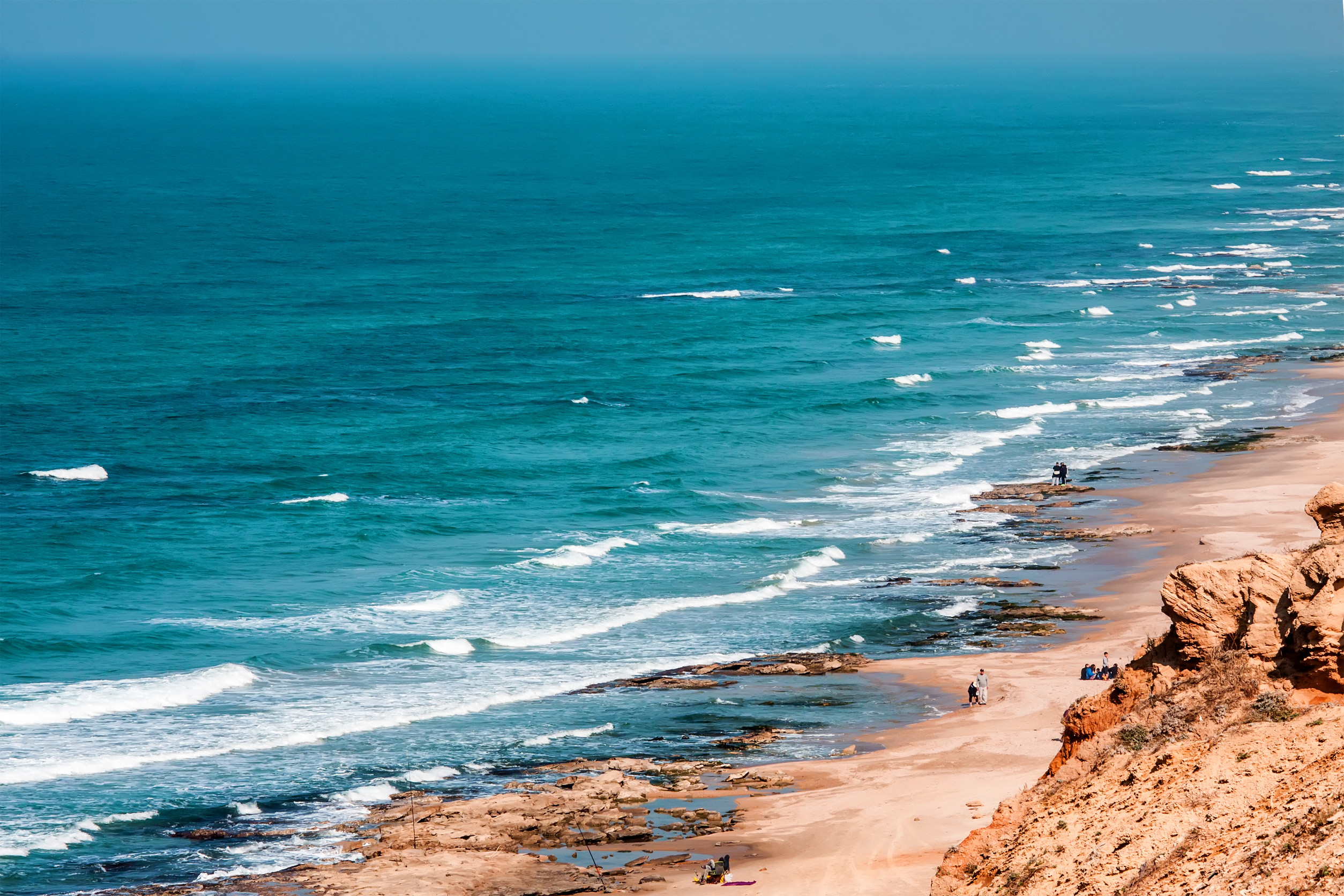
Morocco, a country with breathtaking mountains, expansive deserts, and charming souks, provides a range of experiences year-round. You may enhance your trip and make sure you enjoy the country's attractiveness at its best by organising your trip around its varied climate patterns. With insights into Morocco's seasons, regions, activities, and cultural events, this guide delves deeply into the best times to visit and helps you make lifelong memories.
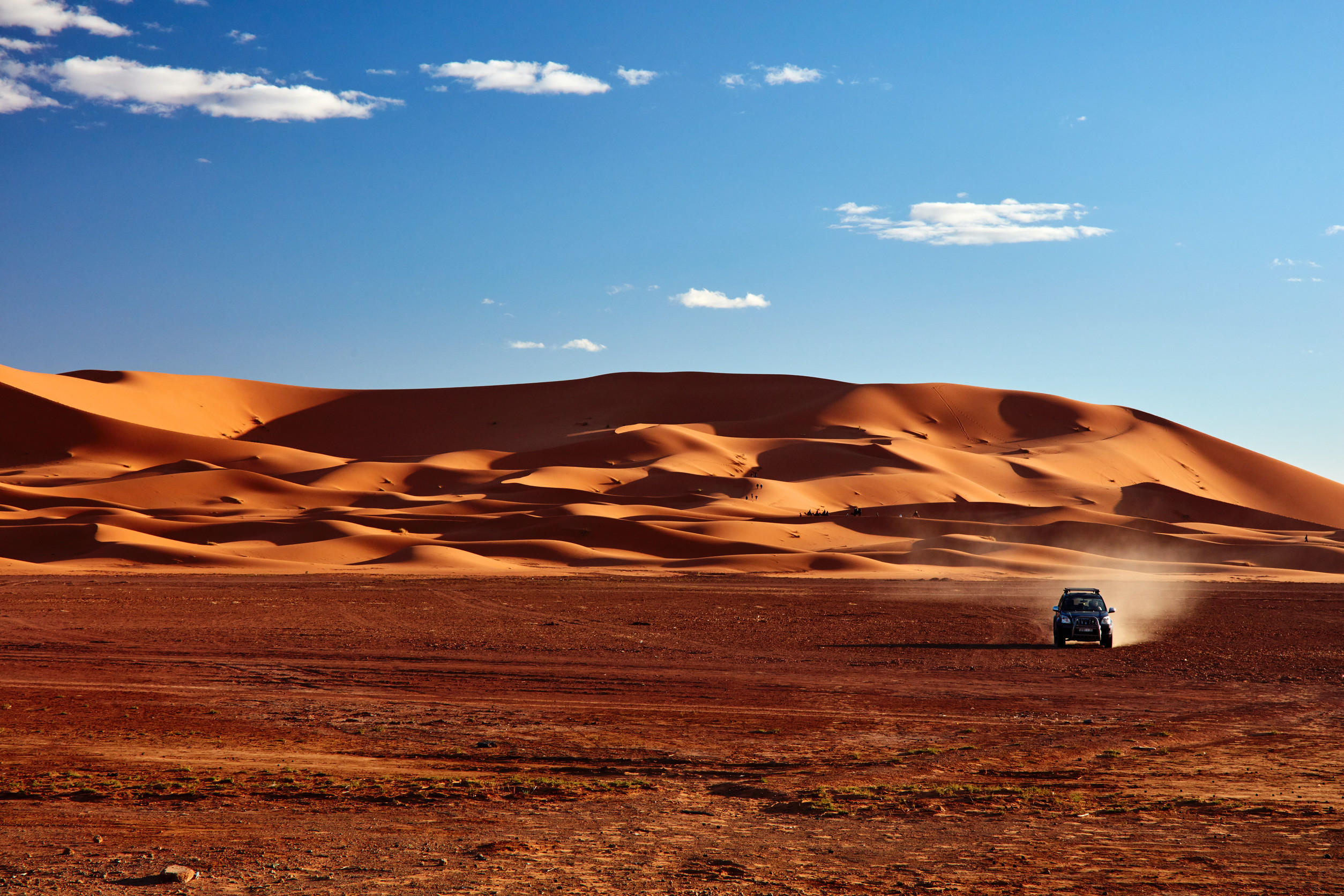
Morocco’s climate is influenced by its geographical diversity, which offers visitors a range of climatic conditions based on the area. To help you comprehend its many climatic zones, below is a breakdown:
Coastal Regions
Warm summers and moderate Mediterranean winters are common in coastal regions, which are influenced by the Atlantic and Mediterranean seas. This region includes cities like Casablanca, Essaouira, and Tangier, which make them excellent travel destinations all year round.
Inland Cities
Cities that are inland, like Marrakech and Fez, experience hot, dry summers and cold winters due to their continental climate. Daytime and nighttime temperatures might differ greatly.
Desert Regions
The Sahara Desert is known for its harsh climate, which includes frigid nights and intense heat, particularly during the winter.
Mountainous Regions
Skiers flock to the Atlas and Rif Mountains because of their year-round lower temperatures and abundant snowfall in the winter months.

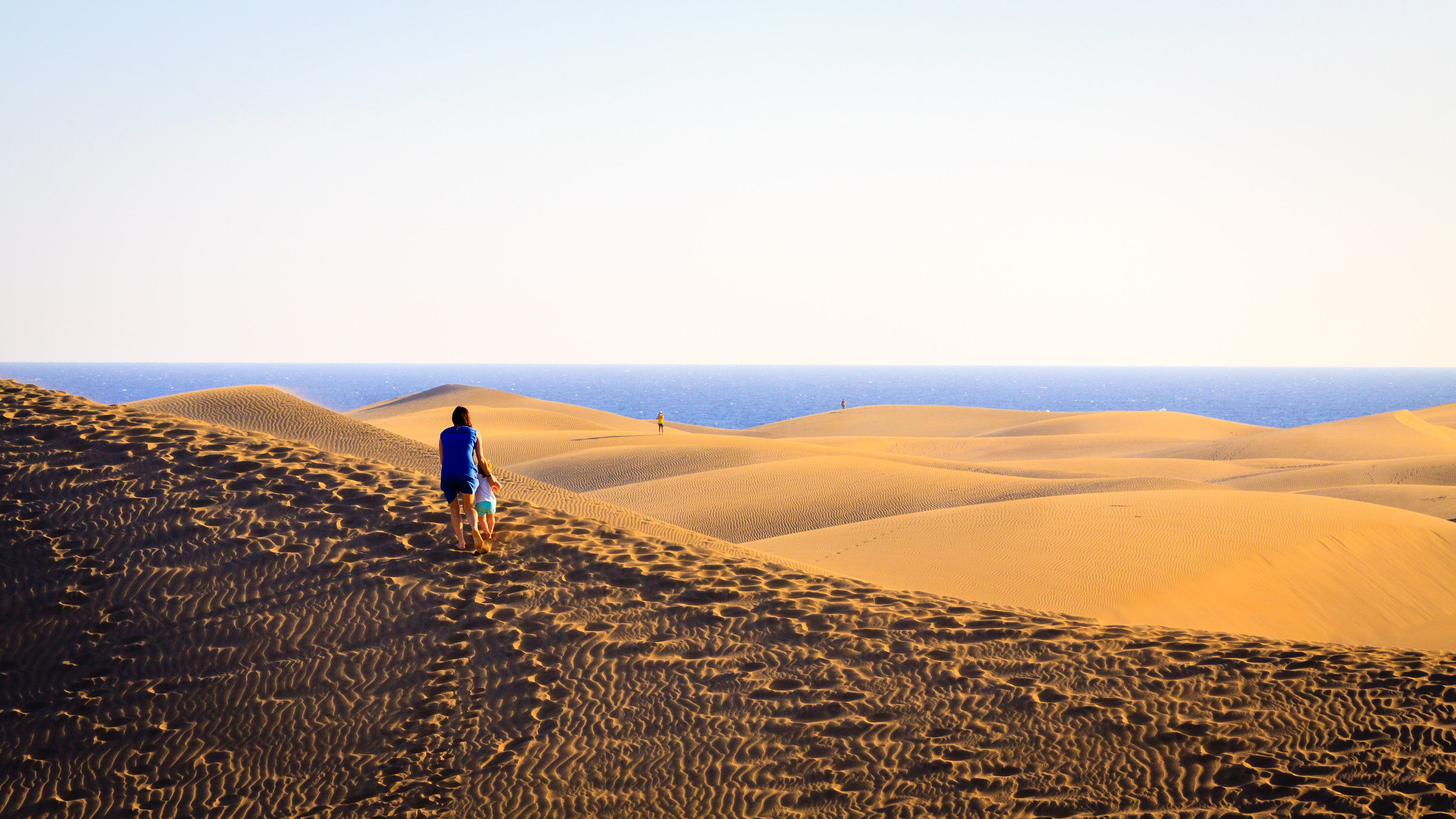
Spring is frequently praised as the ideal season to travel to Morocco since it provides the ideal balance of pleasant temperatures and breathtaking scenery.
Key Highlights of this Season
Pro Tip: Because of the pleasant weather, spring is also the ideal season to visit places like Chefchaouen, which is renowned for its blue-washed streets.
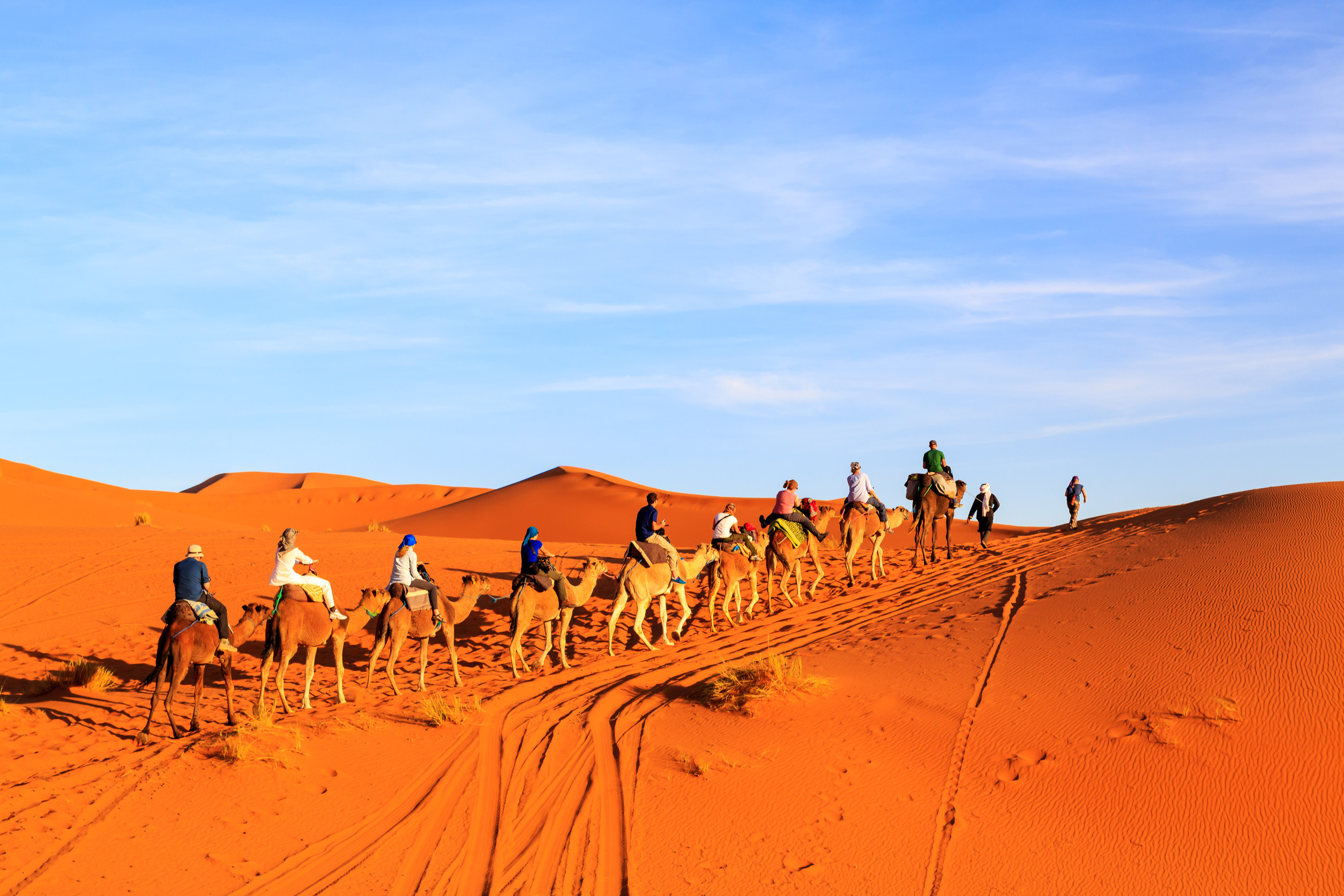
Morocco's summers can be hot, particularly in desert and inland cities, while seaside locations offer a refreshing respite.
Key Highlights of this Season
Pro Tip: If travelling in the summer, prioritise mountain getaways or seaside cities like Ifrane, which is known as the ‘Switzerland of Morocco’ due to its cool climate.
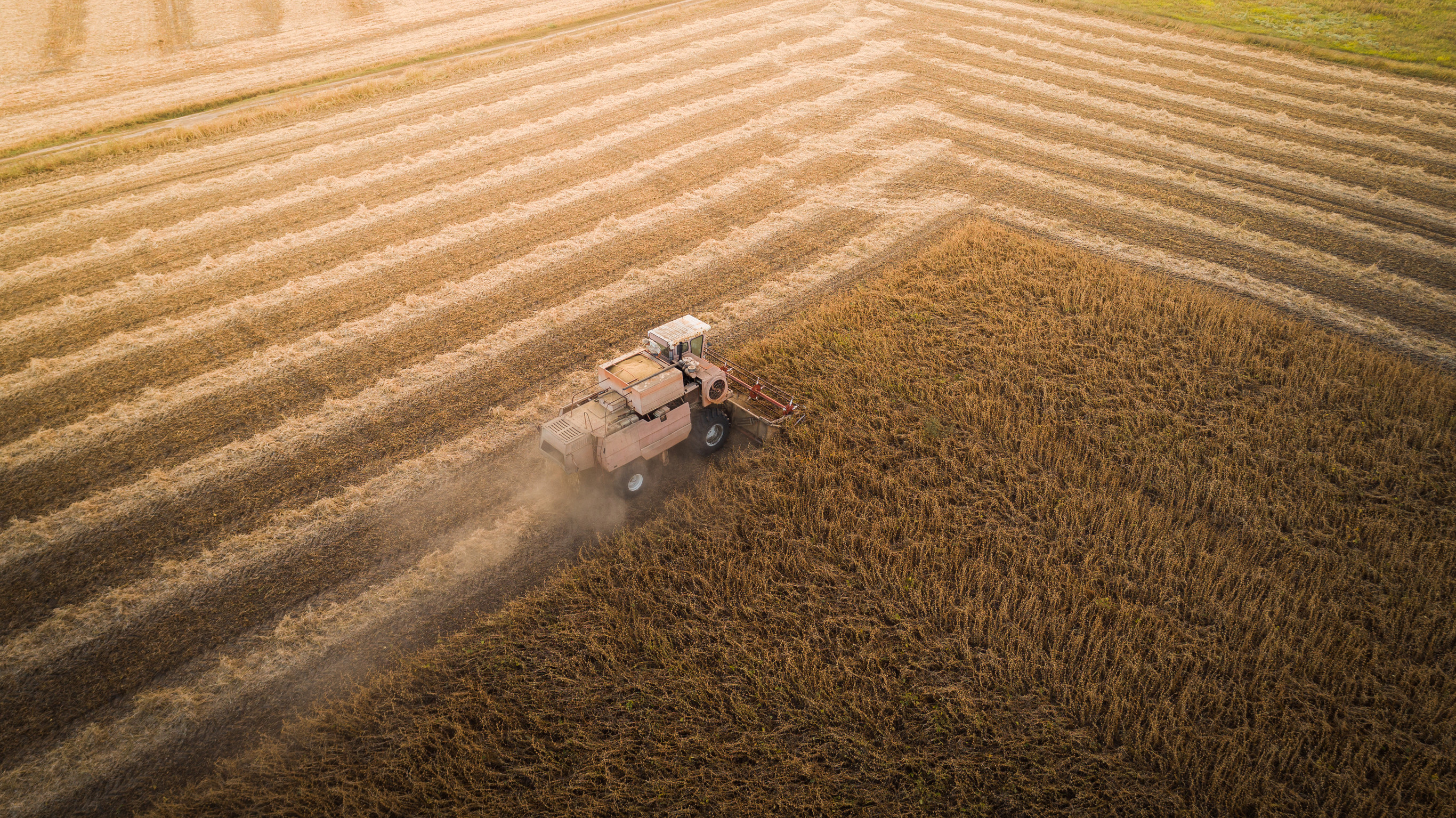
Autumn presents an incredible opportunity to explore Morocco. The weather is delightful, and the countryside is stunning, with the harvest season in full bloom.
Weather: During the day, it's usually warm, with temperatures between 68°F (20°C) and 86°F (30°C). But as the season goes on, the evenings get cooler and cooler.
Key Highlights of this Season
Pro Tip: With markets teeming with seasonal fruit, olives, and fresh dates, autumn is the ideal season to discover Morocco's varied culinary scene.
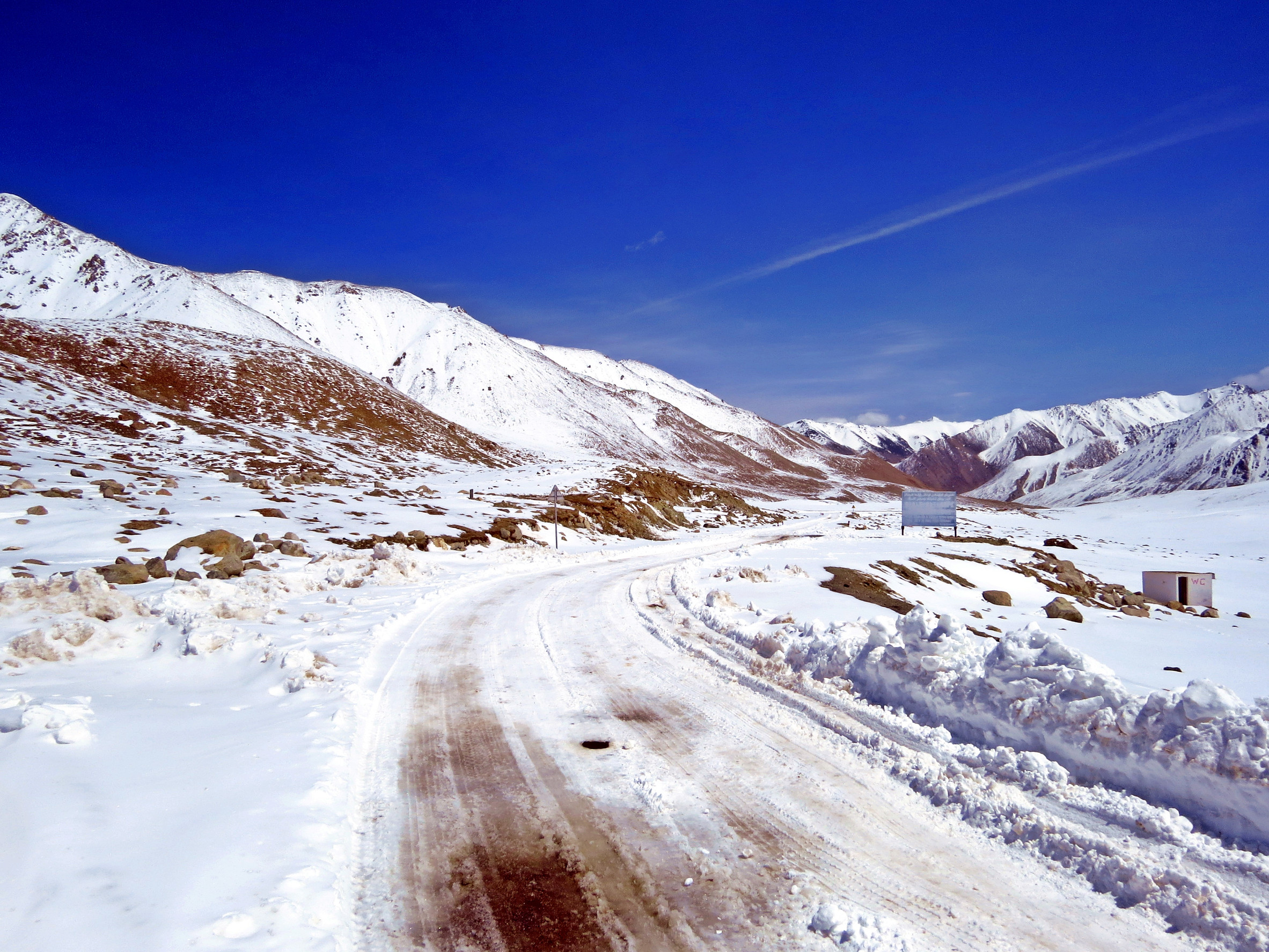
Morocco's winters provide a special fusion of snowy mountain scenery, cold inland temperatures, and pleasant seaside weather.
Weather: Coastal cities have a milder climate, with temperatures usually between 54°F and 68°F (12°C to 20°C). Inland regions get temperatures that are lower, ranging from 41 degrees Fahrenheit to 59 degrees Fahrenheit (5 degrees Celsius to 15 degrees Celsius). It is far colder and rainier in the mountains than it is in the valleys.
Key Highlights of the Season
Pro Tip: Bring warm clothing for the evenings, particularly if you're going to the desert or mountains.

Moroccan festivals can give your vacation a more cultural feel. Here are a few highlights:

Morocco is a year-round destination, but knowing its seasons and local temperatures will help you make the best travel arrangements. The proper timing of your trip guarantees an amazing experience, whether you're climbing through the Atlas Mountains, stargazing in the Sahara, or enjoying the colourful souks of Marrakech. Select the time of year that best suits your interests, and be ready to experience Morocco's enchanted allure!
Step1: Complete the online application by entering your passport details.
Step2: Make the payment online using a credit card.
Step3: Check your email for the payment confirmation and receive your e-visa.